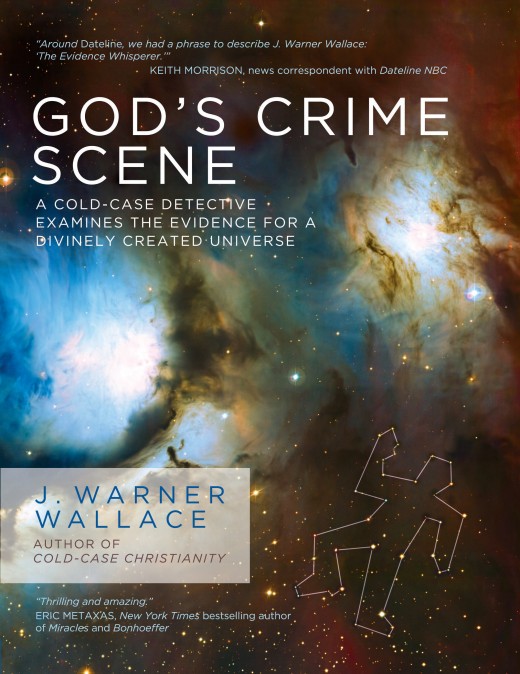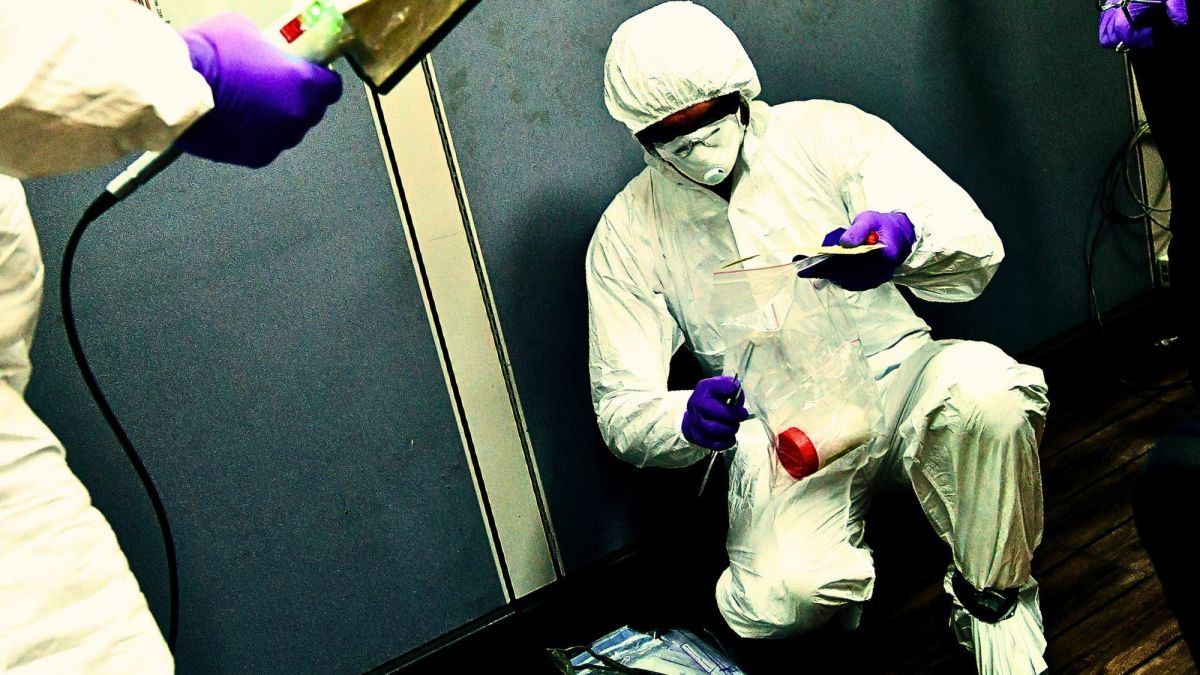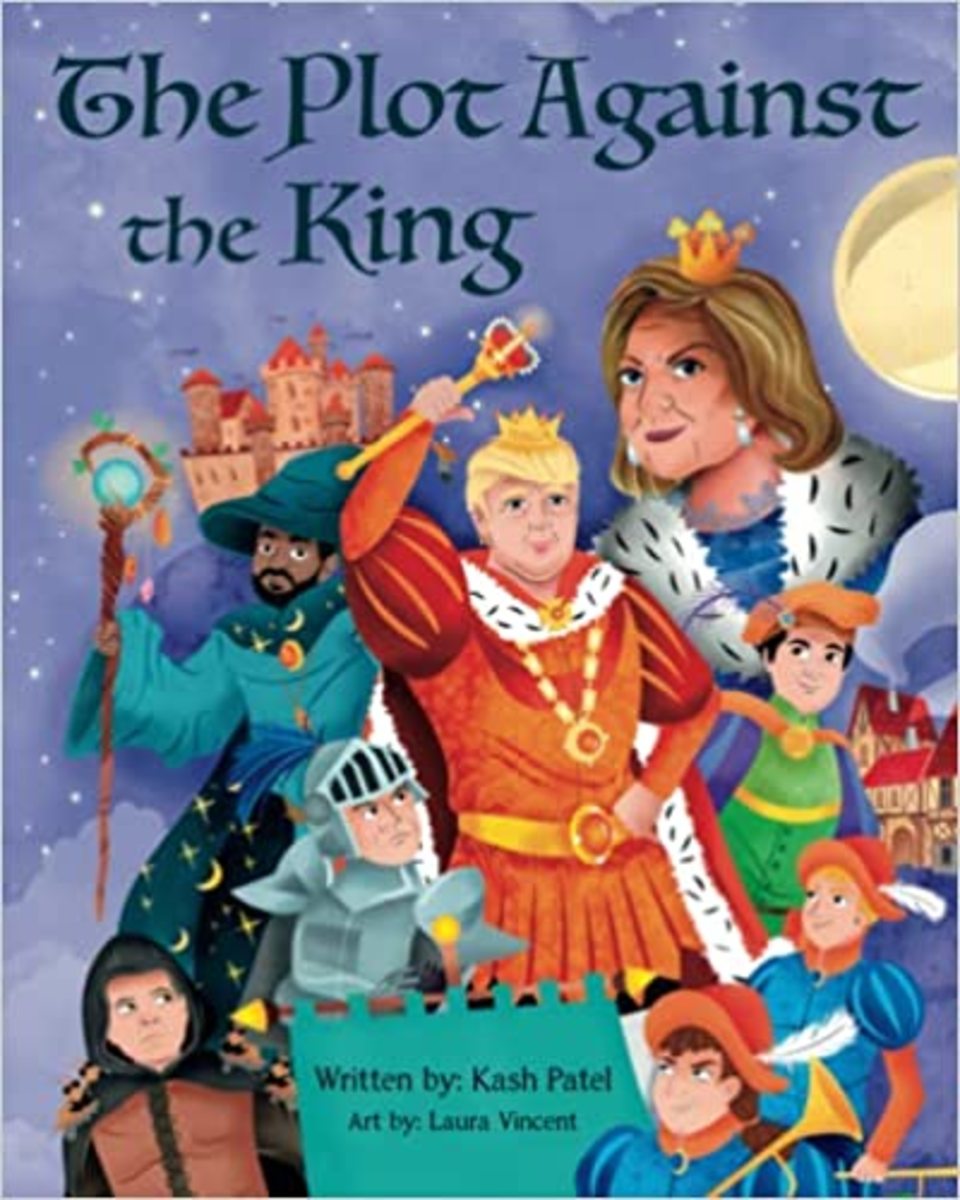Book Review: God's Crime Scene
God's Crime Scene

J. Warner Wallace
This writer first interviewed J. Warner Wallace in 2011. At the time, he was still a full-time homicide detective with a monthly podcast on Christian Apologetics. Since that first interview Wallace has retired, entered the Apologetics ministry full-time as a speaker and author with Stand to Reason ministries, and published two books. His newest, God’s Crime Scene, is recently off the presses, and this Examiner managed to get hold of a copy for review.
Wallace Talks About His Book
What Makes Wallace an Expert?
Most big name Christian Apologists – Ravi Zacharias, William Lane Craig, Daniel Wallace, Gary Habermas, etc. – have an area of expertise or style which gives them a particular niche in the larger intellectual discussion. Jim Warner Wallace has arguably one of the most unique takes on the subject in the field. As a cold-case homicide detective for most of his life, Wallace brings the analytical, abductive reasoning processes of a police detective to his writing and speaking – the same reasoning processes which led him from 35 years of hardened atheism into Christian belief in the first place. During his time as a detective, Wallace made quite a name for himself, cracking cases which had been shelved for as many as 30 or 40 years, and having some of his more famous cases featured on major network news.
A detective and Christian Apologist may seem like an odd combination, but the results are engaging and brilliant. Not only does Wallace pick out clues and analyze them in a unique way which makes a tremendous amount of sense, but he intersperses his narratives with real-life stories of crime-scene and courtroom drama which have the reader on the edge of the proverbial seat.
The Book
God’s Crime Scene is the follow-up to Wallace’s 2013 book Cold Case Christianity, wherein he examined an extremely cold Cold Case: the resurrection of Jesus. As Cold Case Christianity was a defense of Jesus, God’s Crime Scene is a defense of the existence of God. Wallace begins by treating the universe as he would a crime scene: a closed room full of clues. The clues he looks at are things like “how did the universe get here in the first place”; “how did biological life emerge from basic, non-living material?”; “how did things like consciousness emerge from unconsciousness, or free will from cause and effect?”; or “where do things like good and evil come from, and in what are they grounded?” The question Wallace asks is, can all of these things be explained from within the room, or does the cumulative evidence make a strong enough case for someone outside of the room?
Wallace does more than to simply present arguments to his conclusion, he instructs the reader in how to think like a police detective – reminding his readers that this is exactly what a homicide detective does: looks for signs that a death was a result of design or of happenstance.
To that end, the book is full of side panels with “tools for your call-out bag” – facts about how investigators, prosecutors and jurors go about looking at a case, and how those same tools of investigation can be legitimately applied to the case for God.
Wallace is, of course, arguing that all of these clues point to the existence of God; however he is not unfair to the other side. In the last quarter of his book, labeled “The Secondary Investigation,” he examines alternative explanations for each of the “clues” he has provided in the first three quarters of the book. Presenting what experts who have tried to explain away the evidence in other ways have said – in much the same way that the prosecuting and defense attorneys would both present their cases before the jury so that the jury could decide which held the best explanation of the facts.
Despite his primary area of expertise being police investigation, Wallace has definitely done his homework in this book. Skimming through the copious references he provides at the end of the book reveal that he has done more than a cursory Wikipedia search for his topics; and his ability to break down complex scientific ideas into a readable – but not inaccurate – way shows that he has mastered the ideas he is integrating into his argument.
The book is eminently readable. Wallace displays his talents, not only as an analytical thinker, but also as a writer and artist. He lays out his case in a clear, comprehensible way; and his crime stories are exciting, dramatic and intense. Moreover, having studied and had experience in the past as an artist, Wallace provides actual illustrations for his book in addition to the literary ones. While the subject matter can get a little heady, Wallace keeps the reader in the loop by writing in a grounded way which brings the material to the general audience. And for the more sophisticated reader, Wallace offers his shoes-on-the-ground police detective perspective, so often overlooked in the higher echelons of academia.








